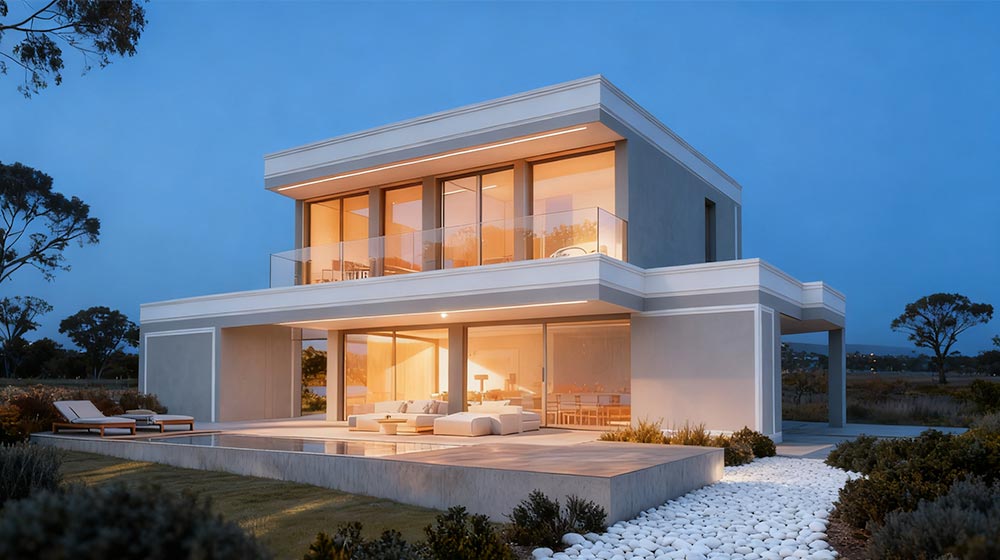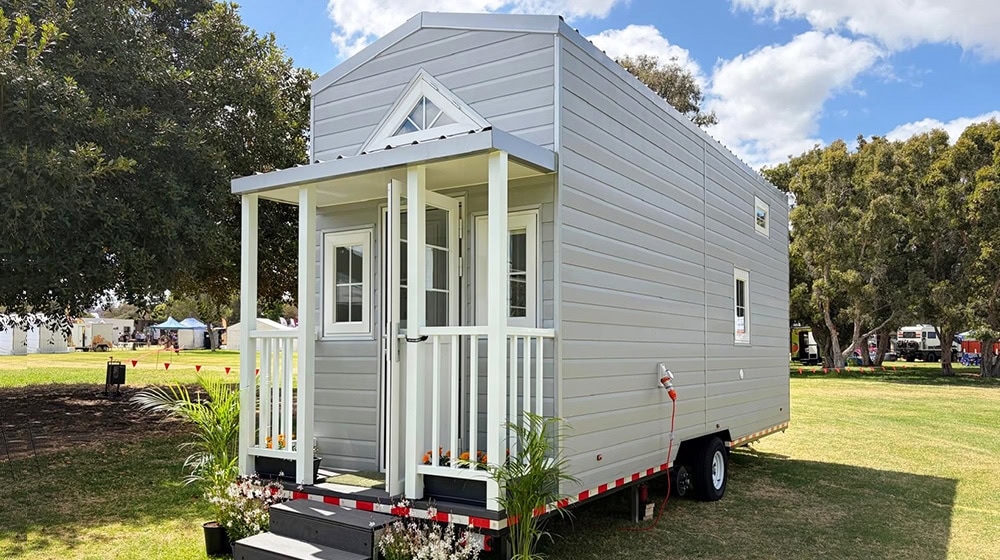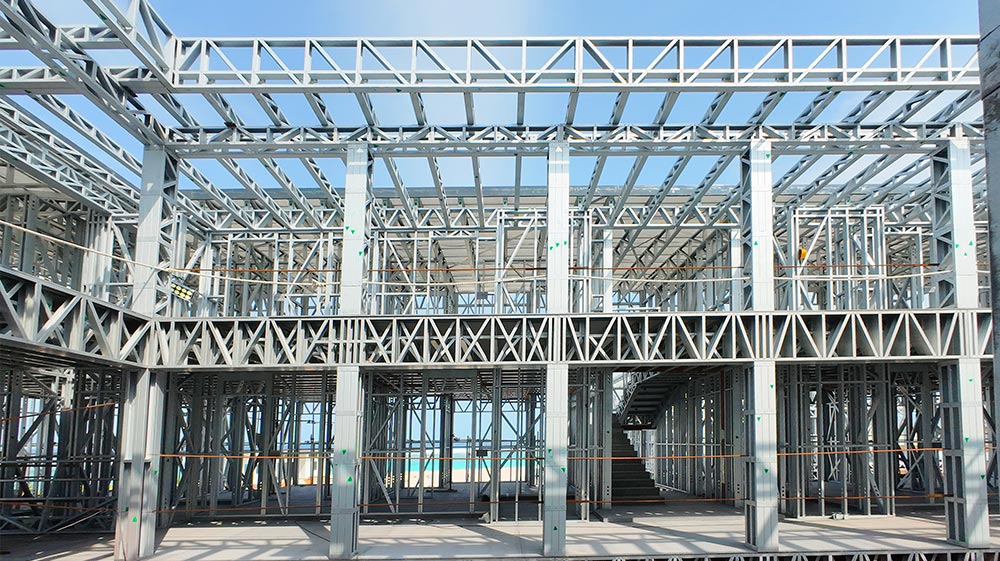Prefabricated building construction, often referred to as prefab construction, involves the assembly of buildings or their components in a factory setting before being transported and installed on-site. This method offers numerous advantages, including reduced construction time, improved quality control, and cost savings. Here’s an overview of the different aspects of prefabricated building construction:
Types of Prefabricated building construction
1. Modular Buildings:
– Description: Entire sections or modules of the building are constructed off-site and then transported to the construction site.
– Advantages: Highly customizable, faster construction time, reduced waste, and higher quality control.
– Applications: Residential homes, commercial buildings, schools, hospitals.
2. Panelized Buildings:
– Description: Flat panels (walls, floors, and roofs) are manufactured off-site and then assembled on-site.
– Advantages: More flexibility in design compared to modular buildings, faster construction than traditional methods.
– Applications: Residential homes, commercial structures, office buildings.
3. Precut Buildings:
– Description:Building materials are cut to precise sizes in a factory and then assembled on-site.
– Advantages: Reduces on-site waste and labor costs, maintains flexibility in design.
– Applications: Log homes, timber frame homes, custom homes.
4. Precast Buildings:
– Description: Concrete components (walls, floors, etc.) are cast in a factory and then transported to the site for assembly.
– Advantages: High durability, excellent fire resistance, good thermal properties.
– Applications: Multi-story buildings, parking structures, bridges, residential homes.
Advantages of Prefabricated Construction
1. Speed: Prefabrication significantly reduces the time required for construction since multiple components can be built simultaneously in a factory setting while site preparation occurs.
2. Quality Control: Factory conditions allow for better control over quality, leading to more precise construction and fewer defects.
3. Cost Efficiency: Reduced labor costs, less material waste, and faster construction times contribute to overall cost savings.
4. Sustainability: Prefabrication can be more environmentally friendly due to efficient use of materials, reduced waste, and lower site disturbance.
5. Flexibility and Scalability: Prefabricated components can be designed for a wide range of building types and sizes, making the approach versatile for various applications.
6. Safety: Factory environments are typically safer than construction sites, reducing the risk of accidents and injuries.
Challenges in Prefabricated building construction
1. Initial Investment:High initial costs for setting up manufacturing facilities can be a barrier.
2. Transportation: Moving large modules or panels to the construction site can be logistically challenging and expensive.
3. Design Limitations: While flexible, prefabricated construction may have some design limitations compared to traditional methods.
4. Perception: There can be a stigma or perception that prefabricated buildings are of lower quality, though this is changing as the industry evolves.
1. 3D Printing: Advances in 3D printing technology are enabling the creation of prefabricated building components with complex designs and reduced material waste.
2. Smart Homes: Integration of smart home technologies in prefab construction to create more energy-efficient and automated living spaces.
3. Sustainable Materials: Increased use of sustainable and recycled materials in the prefabrication process to enhance environmental friendliness.
4. Hybrid Systems: Combining different prefab techniques (e.g., modular and panelized) to optimize construction efficiency and design flexibility.
Conclusion
Prefabricated building construction is revolutionizing the construction industry by offering faster, cost-effective, and high-quality building solutions. Whether for residential, commercial, or industrial applications, the prefab approach provides numerous benefits, making it an increasingly popular choice for developers and builders.
If you have specific questions about any particular type of prefab construction or need detailed information on a specific project, feel free to ask!
Should you have any specific inquiries regarding a particular type of prefab construction or require detailed information about a specific project, please don’t hesitate to ask!



